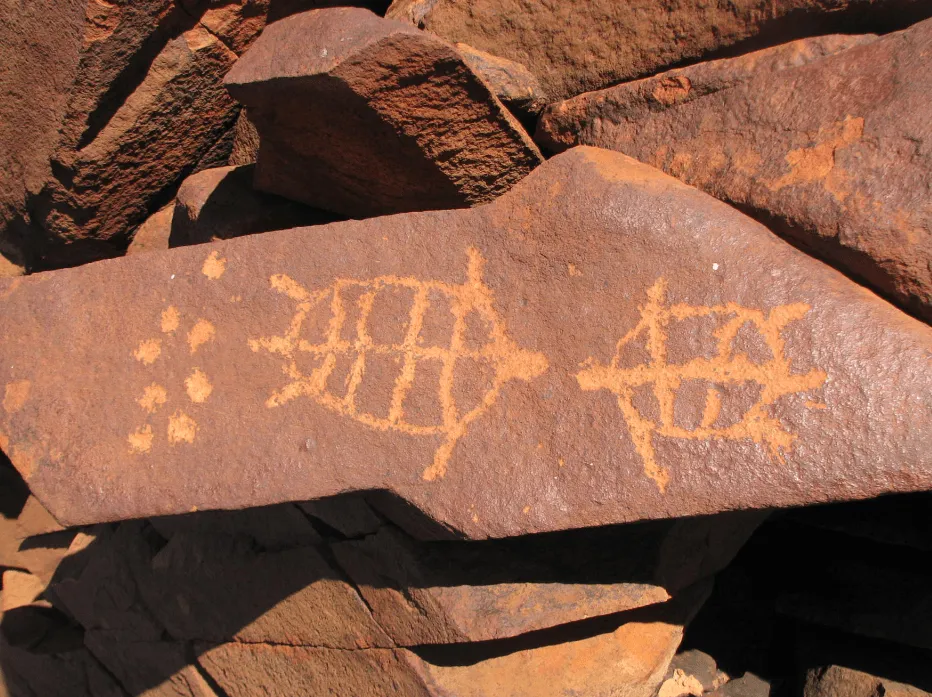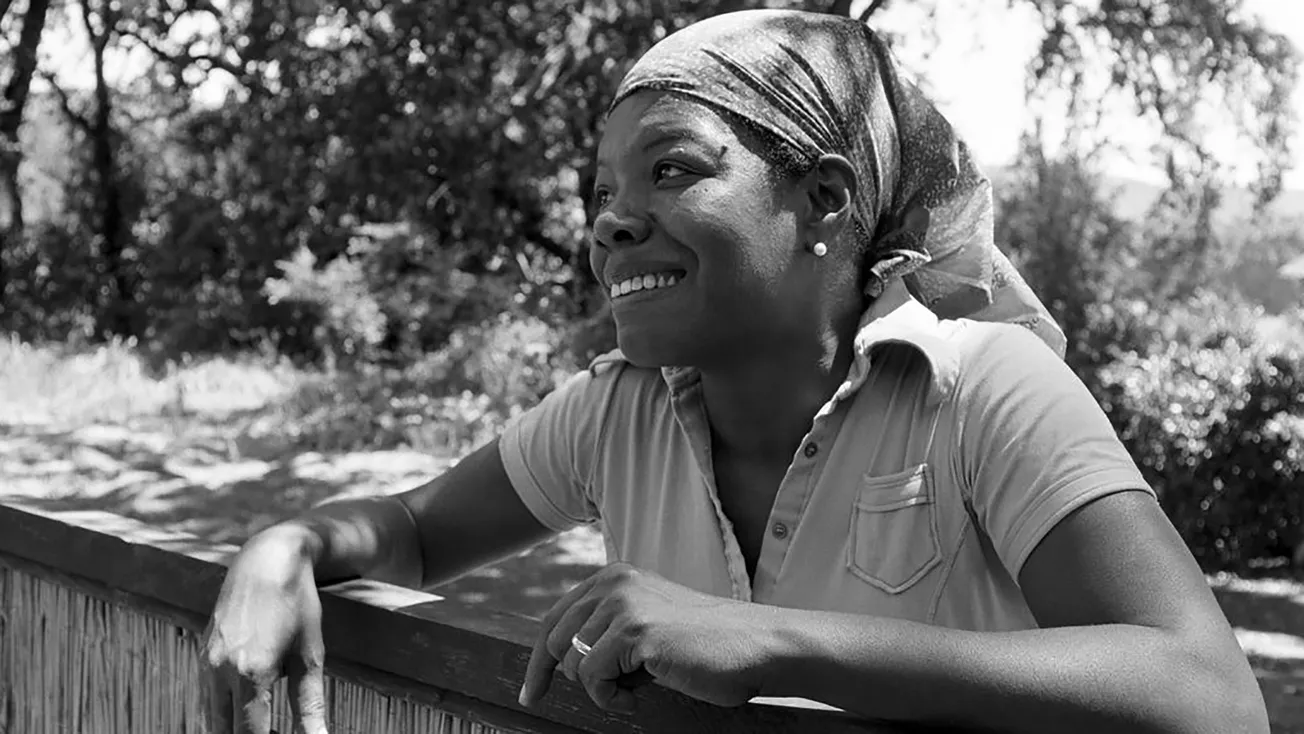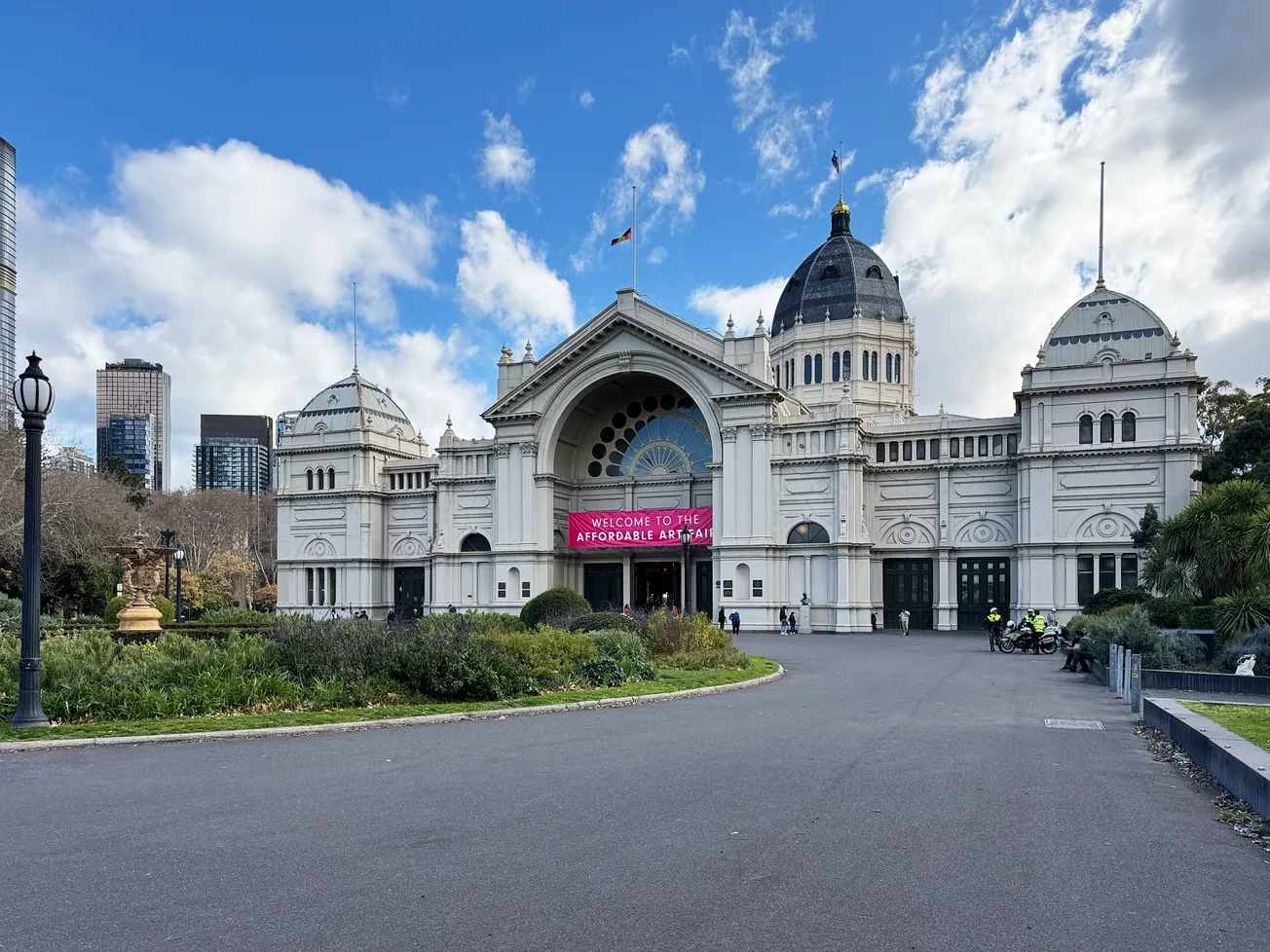Table of Contents
The Murujuga rock art site in Western Australia is home to more than a million ancient engravings, many over 50,000 years old. This priceless cultural archive is now at risk. In May 2025, the Australian government approved extending the North West Shelf facility, one of the country's largest gas hubs. This decision allows Australia to operate the gas project it relies on until 2070. The move has been widely condemned by Indigenous custodians, scientists, and global observers, who argue it places irreversible pressure on the fragile site. This article explores how Murujuga rock art became a battleground for cultural heritage protection, and who is fighting to defend it.
Murujuga rock art: Ancient marks, fragile features
There is nothing abstract about the importance of Murujuga rock art. These engravings are etched with cultural memory, ancestral story, and environmental change. They depict extinct animals, human forms, and sacred connections to Country. However, researchers have confirmed that industrial emissions from nearby processing plants are accelerating the decay of art. Airborne pollutants like ammonia and nitrogen oxides contribute to the gradual loss of surface detail. It slowly but measurably damages some of the world's most significant cultural material. Despite this, the government approved the extended timeline for the gas project Australia depends on, favouring short-term gain over long-term heritage protection.
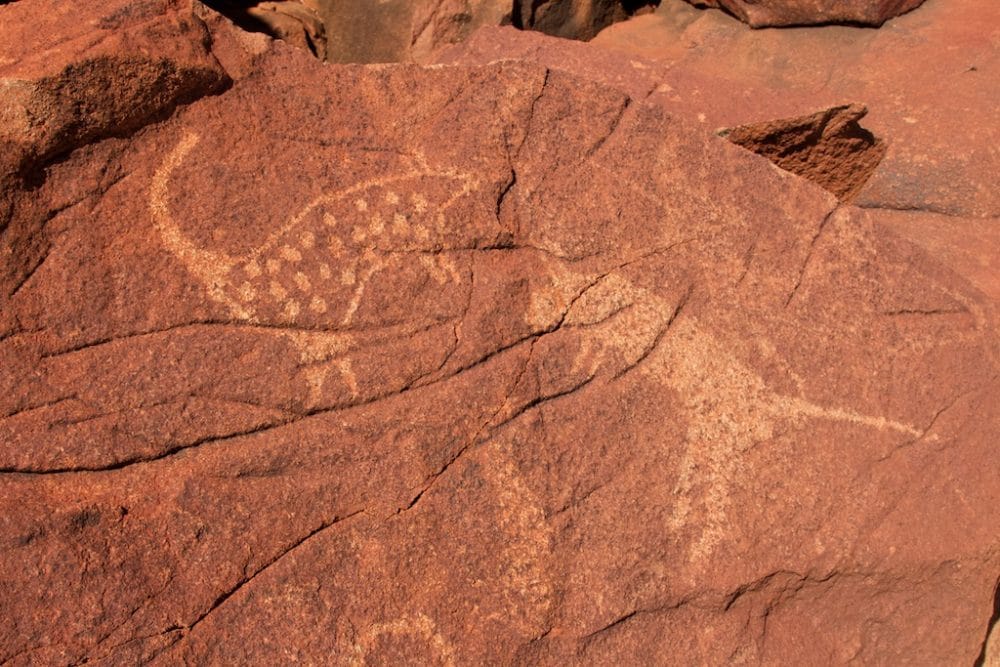
Community voices left out of the decision
For many traditional owners, the approval represents a cultural threat and a personal betrayal. Mardudhunera woman Raelene Cooper has launched legal action against the decision, stating that it lacked genuine consultation and failed to respect Indigenous authority over the site. Community members argue that heritage cannot be protected if the people who hold it are ignored. Meanwhile, archaeologists have criticised the government's summary of scientific reports, which they say downplayed the risks. Professor Benjamin Smith, a lead researcher, described the public-facing data as misleading. In international circles, UNESCO has echoed these concerns, calling for stronger safeguards before awarding World Heritage status to Murujuga rock art.
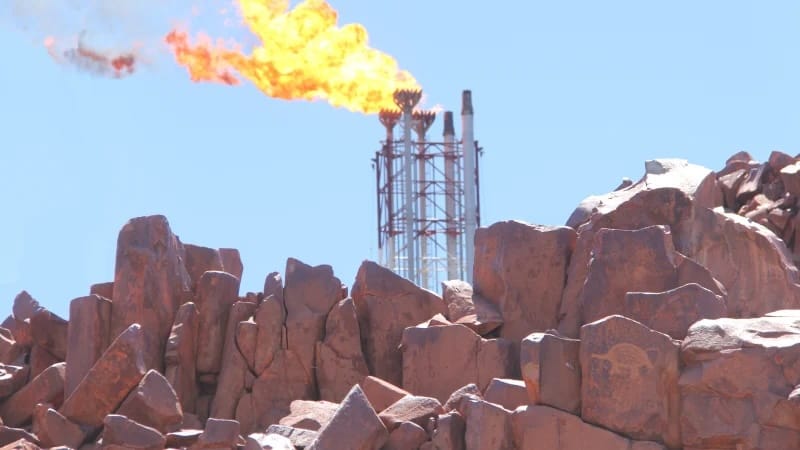
False choices and real consequences
It is tempting to frame this as a debate between cultural preservation and energy security. That framing is false. Cultural heritage protection does not stand in opposition to development, and it is part of responsible governance. Yet in approving the extended gas project, Australia has chosen to prioritise economic benefit over irreplaceable Indigenous culture. Murujuga's value is not hypothetical. It has been lived, recorded, and passed down for tens of thousands of years. To endanger that for another forty-five years of extraction is not a compromise. It is a decision to erase.
There is still time to change the course. The voices of artists, elders, and scientists are united in calling for action. The Murujuga rock art is not only a treasure for Australia but also part of the world's shared cultural fabric. Today's Decisions will determine whether future generations witness these carvings or read about their disappearance. To protect this site is to honour its legacy. And to honour its legacy, we must stop treating it as expendable.

